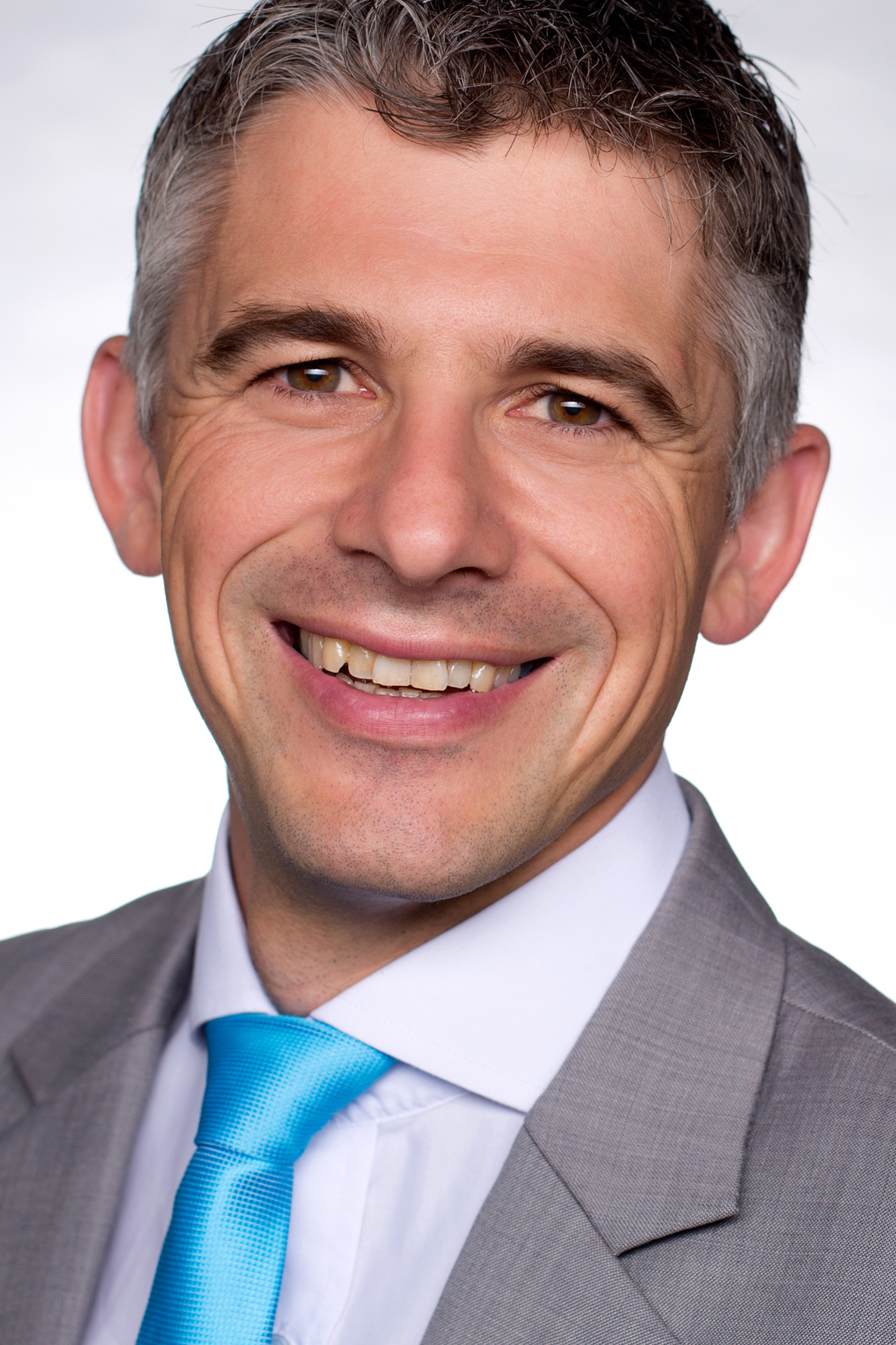Clean and integrate data from a wide variety of sources
A global industrial company from Switzerland with a focus on services and products for the oil, gas, energy and water sectors currently employs around 15,000 people in over 40 countries and has established itself as a leading provider of solutions for mission-critical applications since it was founded in 1834. Until the project began in August 2013, the human resource data of the globally active group had not been harmonized globally. As a result, data records were stored locally in different formats, and centralized, global access was not possible.

The introduction of a central learning management system (LMS) was intended to provide uniform access to all data worldwide, but required precisely said availability and standardization. The challenge from now on was to ensure this and to integrate employee data from over 40 countries into the global learning management system. The group opted for the solution developed by Pentos. Middleware solution "Feeder It is specifically designed for global projects with different, local data sets that are integrated into systems of SAP should be transferred. "Feeder" could be implemented within a very short time, helped to clean up the existing data and led to an assured data quality. Nevertheless, the question remains whether human resource management processes can be simplified by software alone? And does what works for a large company also work for a small company? small and medium-sized enterprises? Dr. Christian Breu from Pentos Suisse GmbH answered our questions.
Mr. Breu, what requirements - generally speaking - do today's IT solutions for HRM have to meet?
Christian Breu: First and foremost is compliance with a wide range of global and local legal requirements. In addition to requirements for compliance, application data, and salaries for top executives and risk takers, there are many regulations on local tax and payroll processes, not least in the area of workforce and female quotas. Key performance indicators can be generated from this stored data, including those that document internal efficiency. This makes it very easy to determine how smoothly the recruiting process is running or what performance departments in the companies are showing. Then the highest standards for data protection and data security must be ensured, so ideally European vendors and European data centers are selected as partners. Customers today expect the system they use to be audit-ready. User-related requirements include a user-friendly interface for employee or manager self-service processes, automation of the system and the avoidance of media discontinuities to increase data quality. Extensive reporting options, transparency of key figures, business processes and simple integration into existing IT landscapes are also part of the requirements for IT solutions in the HR environment and the support of mobile devices, which is now almost taken for granted.
With the "SuccessFactors" product, there is a cloud-based solution for human capital management. What can companies do better with such a solution than with others?
The cloud solution offers pre-configured solutions so that the company does not need to build up hardware or special technical administrative know-how. All customers benefit from product improvements and enhancements through quarterly releases that are rolled out centrally in the background. Each customer decides which upgrades they want to use. Since these product enhancements are mostly developed through community suggestions, they are practical and user-friendly. The advantages of such a solution for companies are clear: Reports can be created in real time because all data is available centrally and in a uniform data quality. And the solution is scalable, which means concrete time and cost savings for the customer when connecting additional organizations or locations. New organizational units can be easily connected on the user side via browser access and on the data side via secure file transfer, which is a significant advantage for companies without extensive IT equipment. The customer can also administer the solution himself. Employees can maintain their data, which usually increases data quality.
And data protection?
With SuccessFactors, this is ensured by the fact that the data is not stored internally on hard drives, but is protected in an external data center operated by a trusted vendor, SAP, in compliance with the highest security standards.
How does this make it easier for companies to recruit skilled workers?
The solution also offers particular advantages when recruiting specialists: A transparent external candidate pool significantly simplifies the targeted search for candidates with specific skills. In the area of succession management, for example, the competencies, skills and mobility of internal employees can be analyzed so that it quickly becomes clear whether a suitable candidate is available in the company. Time-to-hire cycles are minimized through a standardized online approval and selection process. Sending candidate CVs is no longer necessary, as the documents are stored in the HR solution for all those involved in the process and are therefore available.
Now the data must be recorded or merged at some point. At first glance, this seems rather complex. To what extent is the use of middleware such as Pentos Feeder advantageous here?
In many companies, the data stock is distributed across several systems. Such companies in particular rely on correct data quality, with external support if necessary. If different systems are aggregated, it is important that each employee receives an identification number that is unique in the organization, a so-called global ID. In addition, for business processes and approval procedures, it is necessary to establish a unique person or position hierarchy across all source systems. Data must then be recorded in a uniform manner. It often happens that data is missing in one source system but not in another. This is precisely where the Pentos Feeder comes in: It combines the various source systems into a single system, generates a globally unique ID, helps to establish a regional and global hierarchy and, last but not least, provides consistency and completeness checks.
For which companies is the solution suitable?
The Feeder from Pentos is particularly suitable for companies that have many different HR master databases and want to manage their data centrally, but at the same time also process it decentrally. The SAP/SuccessFactors cloud solutions and the Feeder allow precisely this flexibility.
Pentos describes Switzerland as a growth market. Where and in which sectors do you see the greatest growth potential?
Pentos is not focused on specific industries. From our experience, HR processes are required everywhere, whether in consulting firms, insurance companies or heavy industry. As far as the need for cloud-based HRM solutions is concerned, we are seeing many companies in Switzerland in particular paying more attention to the structure and quality of their HR data. Likewise, the need for cloud-based HRM solutions is clearly evident in many successful companies that have very global and heterogeneous structures due to acquisitions or long-standing traditions.
Feeder Pentos https://www.pentos.de/website.nsf/content/Feeder









